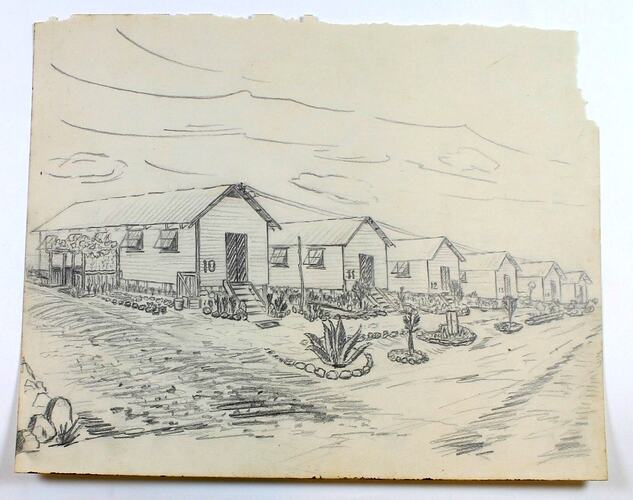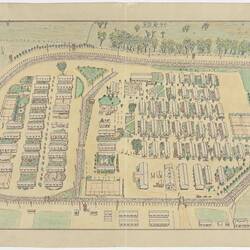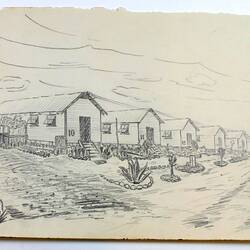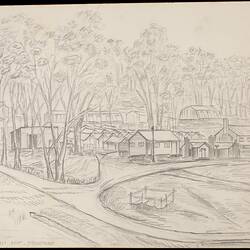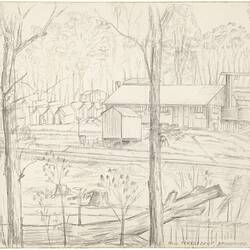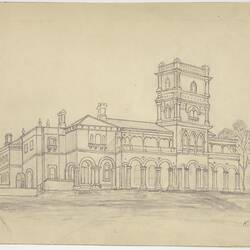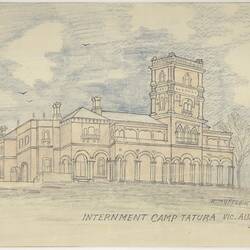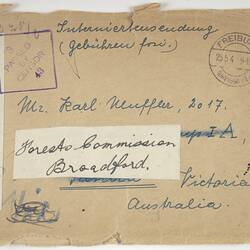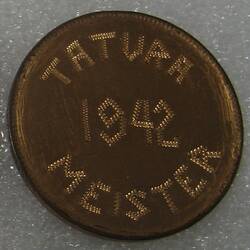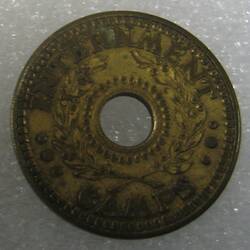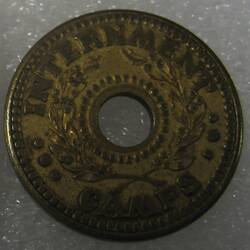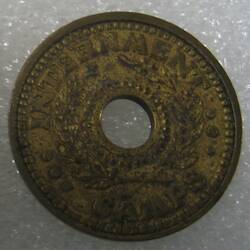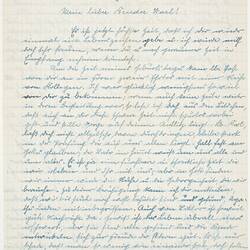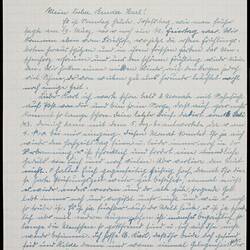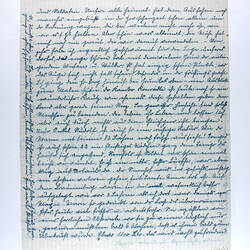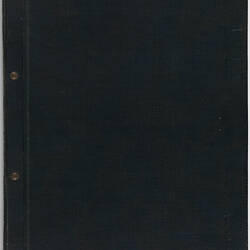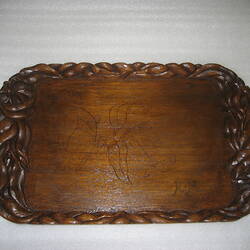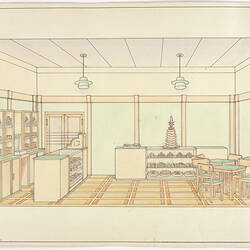In 1939 thousands of Australian residents suddenly found themselves identified as potential threats to Australia's national security. The outbreak of World War II triggered a mass fear of invasion by Germany and later Japan. This led to panic that tens of thousands of Australian residents might become saboteurs or spies.
Government regulations required 'enemy aliens' to register and limit their travel to between work and home and within a specified distance from the local post office. They had to obtain permission from the authorities to travel further or change residence.
The most dramatic response was the internment of many German, Italian and Japanese residents in camps - overseas and Australian-born, and naturalised British subjects. Australia interned about 7000 residents, including nationals from over 30 other countries, such as Finland, Hungary, Portugal and Russia.
A further 8000 people were sent to Australia to be interned after being detained overseas by Australia's allies. Midway through the war, more than 12,000 people - mostly men, but some women and children - were interned in 18 camps around southern Australia, including Tatura in Victoria, and Cowra and Hay in New South Wales.
Internees were usually separated from their families and tried to find ways to keep themselves occupied. They set up their own study classes, theatre groups and market gardens, and were issued 'internment currency' in order to purchase goods within the camp grounds. Many volunteered to work on Australian farms to help with the manpower shortage and some, later in the War, joined the Australian army. Most made the best of the situation, but it was a traumatic experience that left some internees permanently scarred.
More Information
-
Keywords
Cultures and histories : Melbourne and Victoria, Military History
-
Authors
-
Article types
